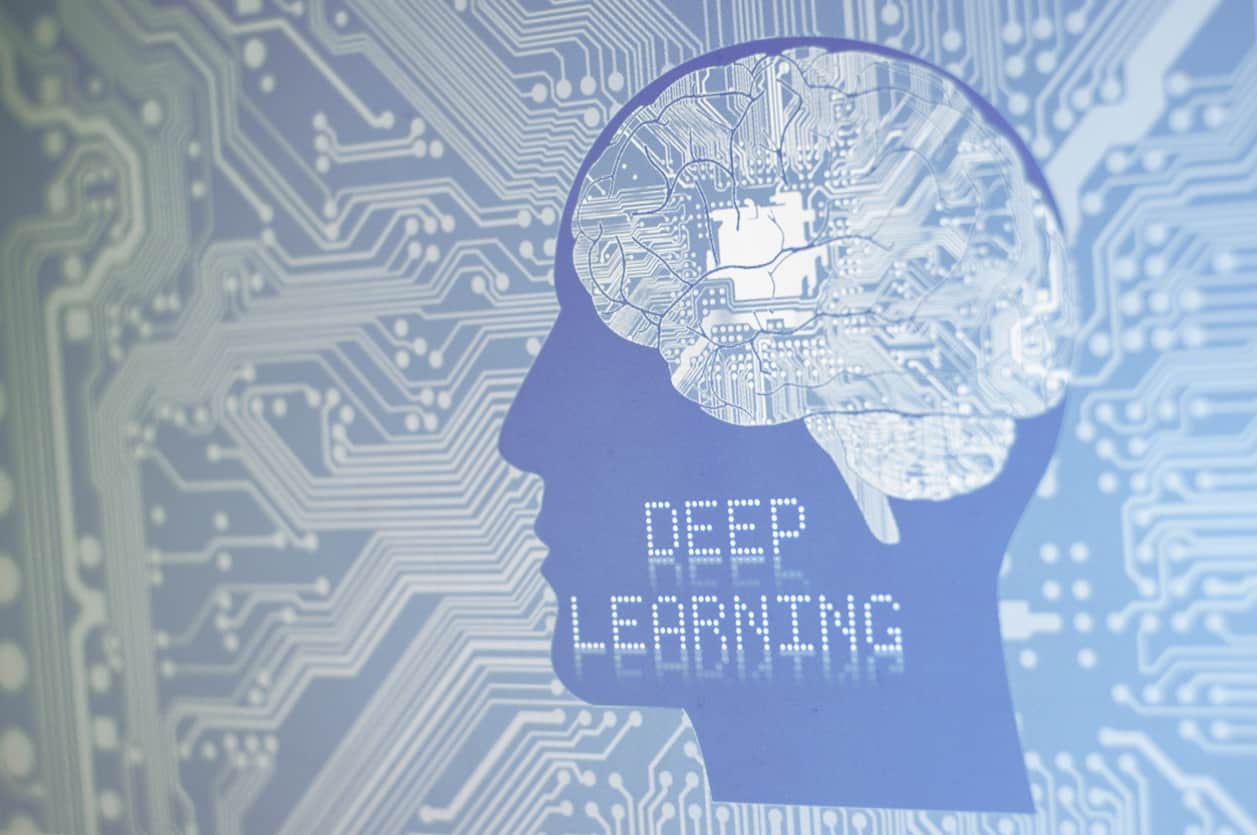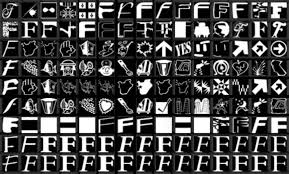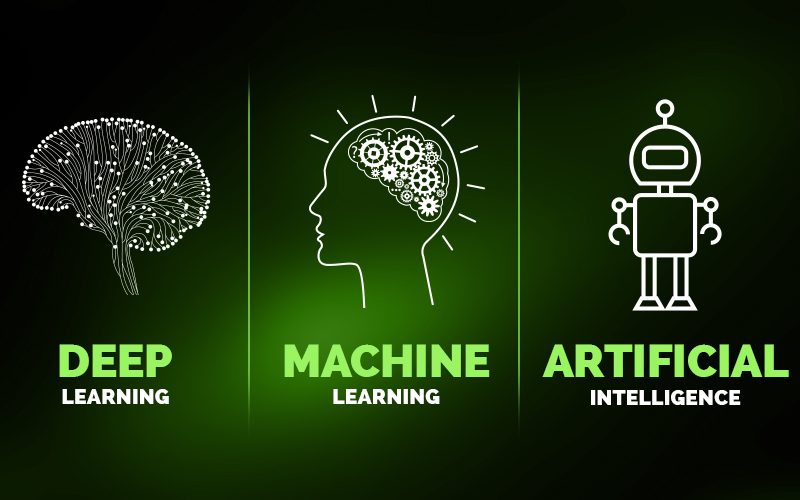What Is Image Segmentation ?
Image segmentation is known as a Process of breaking a digital image into different types of subgroups that are also called as image segments that help in the direction of reducing the complexity of the image so as to make processing of the image more easier than before. It is also the process of assigning labels to the pixels of the image, all images or pixels belonging to the same image have a common label that has been assigned to them and so with the help of it we can differentiate between different images and then segment them.
Image Segmentation Software Approaches to Segmentation of Images :
Image segmentation is a fundamental task in computer vision that involves dividing an image into meaningful regions or segments. It plays a crucial role in various applications, such as object detection, image recognition, medical imaging, autonomous vehicles, and more. As the complexity and diversity of images increase, image segmentation software has become essential for accurate and efficient segmentation. In this article, we explore different approaches used in image segmentation software and their significance in achieving accurate and reliable results.
Thresholding:
Thresholding is a simple yet powerful approach in image segmentation. It involves setting a threshold value and classifying pixels based on their intensity or color values. Pixels above the threshold are assigned to one segment, while pixels below the threshold belong to another segment. Thresholding is effective when the image has clear intensity or color differences between the regions of interest. However, it may struggle with complex images that exhibit significant variations in lighting conditions or background clutter.
Edge-Based Methods:
Edge-based methods focus on identifying and detecting edges or boundaries in an image to separate different regions. These methods use edge detection algorithms, such as the Canny edge detector or the Sobel operator, to identify significant changes in pixel intensity. By locating and connecting edges, the image is segmented into distinct regions. Edge-based methods are useful when there are clear boundaries between regions, but they may struggle with ambiguous or noisy edges.
Region-Based Methods:
Region-based methods group pixels into regions based on similarity criteria. These methods consider factors such as color, texture, or pixel proximity to determine region boundaries. One popular technique is the region-growing approach, where pixels with similar attributes are iteratively grouped together. Region-based methods are effective in segmenting images with uniform regions or regions with consistent attributes. However, they may face challenges when dealing with complex textures or regions with varying attributes.
Clustering Algorithms:
Clustering algorithms, such as k-means clustering or Gaussian mixture models, group pixels into clusters based on similarity. Each cluster represents a distinct segment in the image. Clustering algorithms consider multiple attributes, such as color, texture, or spatial information, to assign pixels to the appropriate cluster. These methods are advantageous when there are multiple regions with different attributes in the image. However, they require careful selection of clustering parameters and initialization to achieve optimal results.
Deep Learning Approaches:
Deep learning has revolutionized image segmentation with the introduction of convolutional neural networks (CNNs). CNNs can learn complex feature representations and capture intricate patterns in images. Segmentation networks, such as U-Net, Mask R-CNN, or DeepLab, utilize CNN architectures to generate pixel-level segmentations. These networks train on large annotated datasets and are capable of segmenting objects with high accuracy, even in challenging scenarios. Deep learning approaches excel in handling complex images with intricate boundaries or fine details. However, they require substantial computational resources and extensive training data.

Hybrid Approaches:
Hybrid approaches combine multiple techniques to leverage the strengths of different segmentation methods. For example, a hybrid approach may incorporate edge-based methods for initial boundary detection and then refine the segmentation using region-based or clustering techniques. By combining complementary techniques, hybrid approaches aim to improve segmentation accuracy and overcome limitations of individual methods.
The choice of the segmentation approach depends on the characteristics of the image and the specific requirements of the application. Some methods may be more suitable for certain types of images or segmentation tasks. Additionally, advancements in image segmentation software have led to the development of specialized tools and libraries, such as OpenCV, TensorFlow, or PyTorch, which provide pre-trained models and ready-to-use algorithms for various segmentation tasks.
image segmentation software employs various approaches to segment images accurately and efficiently. Thresholding, edge-based methods, region-based methods, clustering algorithms, deep learning approaches, and hybrid techniques offer different ways to extract meaningful regions from images. By selecting the appropriate approach or combination of approaches, image segmentation software enables applications across various domains to extract valuable information, enhance visual understanding, and drive advancements in fields such as computer vision, medical imaging, robotics, and more.
There are two approaches to it, they are :
- Similarity Approach : Similarity approach is a type of approach which is based on directly detecting the common thing between the image pixels so as to form a segment that is based on a threshold, machine learning algorithms like for example clustering algorithm is based on similarity approach for the segmentation of an image.
- Discontinuity Approach : This type of approach is a type of approach which is based on the discontinuity of the intensity of the pixel values of the image like line, point and edge detection techniques.

There are different techniques that are used for the segmentation of images :
- Threshold based segmentation.
- Edge based segmentation.
- Region based segmentation.
- Artificial Neural Network based segmentation.
- Custer based segmentation.
Image Segmentation Software How Image Segmentation Works ?
Image segmentation is a fundamental task in computer vision that involves dividing an image into meaningful regions or segments. It plays a crucial role in various applications, such as object detection, image recognition, medical imaging, autonomous vehicles, and more. Image segmentation software utilizes advanced algorithms and techniques to achieve accurate and precise segmentation results. In this article, we explore how image segmentation software works and the key steps involved in the process.
Preprocessing:
The image segmentation process typically begins with preprocessing steps to enhance the quality and prepare the image for segmentation. This may involve operations such as noise reduction, contrast adjustment, or image resizing. Preprocessing helps improve the segmentation results by ensuring that the image is in an optimal state for analysis.
Feature Extraction:
Once the image is preprocessed, image segmentation software focuses on extracting relevant features that distinguish different regions in the image. Features can include color, texture, shape, or other visual properties that help differentiate objects or regions of interest. Feature extraction techniques aim to capture the unique characteristics of different regions to enable accurate segmentation.
Selection of Segmentation Technique:
Image segmentation software employs various techniques to divide the image into segments. The selection of the segmentation technique depends on the nature of the image and the specific requirements of the application. Common techniques include thresholding, edge-based methods, region-based methods, clustering algorithms, and deep learning approaches. Each technique has its strengths and limitations, and the choice of technique depends on factors such as image complexity, desired accuracy, and computational requirements.
Segmentation Process:
The segmentation process involves applying the chosen technique to classify pixels or groups of pixels into distinct segments. The software analyzes the image based on the selected features and assigns each pixel or region to the appropriate segment. The segmentation process may utilize various algorithms, statistical models, or machine learning techniques to optimize the segmentation results.
Refinement and Post-processing:
After the initial segmentation, the software may perform refinement and post-processing steps to improve the segmentation accuracy and eliminate any inconsistencies. Post-processing techniques can include morphological operations like erosion or dilation to smooth the segment boundaries, filtering out small or noisy segments, or applying heuristics to refine the segmentation results based on domain-specific knowledge.
Evaluation and Validation:
To assess the quality and accuracy of the segmentation, image segmentation software often includes evaluation and validation measures. These measures compare the segmented regions against ground truth annotations or manual segmentations to quantify the similarity or dissimilarity between the automated segmentation and the expected results. Evaluation metrics can include measures like precision, recall, Jaccard index, or Dice coefficient.
Visualization and Output:
Image segmentation software provides visualization capabilities to display the segmented regions or overlays on the original image. This allows users to visually inspect and verify the segmentation results. The software may also generate output files or data structures that encode the segmented regions, such as masks, contour maps, or labeled images, which can be further utilized for downstream analysis or integration with other applications.
Iterative Refinement:
In some cases, image segmentation may require an iterative refinement process. This involves iteratively adjusting segmentation parameters, modifying feature extraction techniques, or incorporating user feedback to enhance the segmentation results. Iterative refinement enables users to fine-tune the segmentation process and achieve the desired level of accuracy and detail.
image segmentation software utilizes advanced algorithms and techniques to divide images into meaningful segments. By leveraging preprocessing, feature extraction, segmentation techniques, refinement, and post-processing steps, the software enables accurate and reliable segmentation results. The availability of various segmentation techniques and the continuous advancements in computer vision and machine learning algorithms contribute to the development of powerful image segmentation software that supports a wide range of applications across different domains.

Image segmentation works but dividing the image into different parts known as segments, it is done so as to make use of all the important segments for the processing of the image inshot detecting all the labels that are attached to the pixels of the pixels are grouped together and hence the image is segmented.
Now let us understand why we need image segmentation?
Image Segmentation Software Need For Image Segmentation :
Image segmentation plays a vital role in various fields, including computer vision, medical imaging, robotics, and more. It involves dividing an image into distinct regions or segments to extract valuable information and enable advanced analysis. Image segmentation software has become essential due to the increasing complexity and size of image datasets. In this article, we explore the need for image segmentation software and its significance in unlocking the potential of image data.
Object Detection and Recognition:
Image segmentation is crucial for object detection and recognition tasks. By segmenting an image into regions corresponding to different objects, image segmentation software enables precise identification and localization of objects of interest. This information is essential in applications such as autonomous driving, surveillance, and visual inspection systems.
Medical Imaging and Diagnosis:
In the field of medical imaging, image segmentation software plays a critical role in diagnosing diseases and analyzing anatomical structures. Segmentation of medical images allows for the identification and extraction of specific organs, tumors, or abnormalities. It aids in treatment planning, surgical guidance, disease progression monitoring, and quantitative analysis of medical data.
Image Editing and Manipulation:
Image segmentation software is widely used in image editing and manipulation applications. By segmenting an image into different regions, specific adjustments or effects can be applied selectively to enhance or modify specific areas. For example, in photo editing software, segmenting the foreground and background enables targeted editing, such as adjusting brightness, applying filters, or replacing backgrounds.
Scene Understanding and Analysis:
Segmenting images provides a foundation for scene understanding and analysis. By partitioning an image into meaningful regions, image segmentation software allows for the extraction of valuable contextual information. This includes identifying objects, understanding spatial relationships, recognizing patterns, and analyzing scene semantics. Such analysis is essential in fields like video surveillance, augmented reality, and robotics.
Semantic Segmentation for AI and Machine Learning:
Semantic segmentation, a specific type of image segmentation, assigns semantic labels to each pixel in an image, providing a fine-grained understanding of the image content. Image segmentation software plays a crucial role in training deep learning models for various computer vision tasks, such as object detection, semantic scene understanding, and image captioning. It facilitates the annotation and generation of large-scale labeled datasets for training complex models.
Data Visualization and Interpretation:
Image segmentation software aids in data visualization by highlighting specific regions of interest within an image. By segmenting images, important features or areas can be visually emphasized, allowing for easier interpretation and analysis. This is particularly useful when dealing with large datasets or complex images with multiple objects or regions.
Automation and Efficiency:
Manual segmentation of images can be time-consuming, tedious, and subjective. Image segmentation software automates the segmentation process, reducing human effort and increasing efficiency. It enables the analysis of large-scale datasets, accelerates research and development, and facilitates data-driven decision-making. Automation also ensures consistency and reproducibility in segmentation results.
Enhanced Accuracy and Reliability:
Image segmentation software leverages advanced algorithms and techniques to achieve accurate and reliable segmentation results. It minimizes human errors, subjective biases, and variability in manual segmentation. By utilizing computational approaches, the software can handle complex images, intricate boundaries, and large datasets, resulting in more consistent and precise segmentations.
image segmentation software is essential due to the increasing demand for accurate, efficient, and reliable image analysis. From object detection and recognition to medical imaging, AI training, and data visualization, image segmentation plays a fundamental role in unlocking the valuable insights hidden within image data. The development and advancement of image segmentation software have revolutionized various fields, enabling researchers, professionals, and organizations to leverage the power of image analysis and extract meaningful information for their specific applications.
There is a great need for image segmentation in different fields. If you take an example of the medical field then we have all heard of the disease known as cancer which is a deadly illness. Now, the shape of the cells that are affected by the cancels plays a great role in determining the severity of the case and so object detection and image segmentation is very important in this field, with the help of image segmentation we can determine which cells are affected by the cancerous in less and then we can distinguish them and can determine what to do next, this was just one example that how image segmentation is important.
Now let us look onto some of the softwares that can help you with the process of image segmentation with great accuracy and precision, as we have already understood the importance of of image segmentation so we should always use the software of a reputed service provider so as to ensure credibility of that image segmentation software. Below are some of the image segmentation softwares that are hanged with and would like to help you with your image segmentation process.
Image Segmentation Softwares :
Folio3 AI :
It is a reputed service provider working in this field of image segmentation at providing pixel level image segmentation services that are powered by API. It has worked with a lot of clients around the globe and have provided their top level image segmentation services to many big and small companies. It believes in accuracy and precision and provides a great cloud based software service. If you want to know more about it then just click on the link given below :
KritiKai :
It is a service provider who has been in the image segmentation process for many years. It has served a lot of clients and provided its quality services to them. It completes all the processes that are mentioned above with quality service. It believes in precision and values time, so it provides its services on time and tries to excel in its work so that it can make its clients happy and satisfied.
If you want to explore more about its services, then do click on the link given below :
Vee Technologies :
It is also a very computed service provider working in the field of image processing and segmentation servicing for a long time, it provides its cloud software with ability for storage and easy to use guide, it offers various services related to image processing as well as segmentation. Click on the link that is pasted below to visit and explore its website :
Abto Software :
It is a reputed service provider working in this field of image segmentation at providing pixel level image segmentation services that are powered by API. It has worked with a lot of clients around the globe and have provided their top level image segmentation services to many big and small companies. It believes in accuracy and precision and provides a great cloud based software service. If you want to know more about it then just click on the link given below :
Now that you have read till here, I assume that you liked the blog and you have got some value from it. To continue embracing yourself with similar knowledge, just click on the link below:
Something About Ourselves :
24×7 offshoring is an IT, data, and business process outsourcing firm situated in Delhi, India. 24x7offshoring is the one-stop solution for multinational organizations all over the world, with experience in over 100 media to large-scale projects across five continents.
Dr. Teja is the company’s co-founder, and also the CEO in charge. He has a lot of expertise in managing, coordinating, and delivering high-profile initiatives. We are confident in world-class project management and delivery across domains because of the network of experts and clients we have developed over the previous three years.
Our motto is “Our network is our net worth.” Our long-term relationships with all of our clients have aided our 300 percent year-over-year growth.

